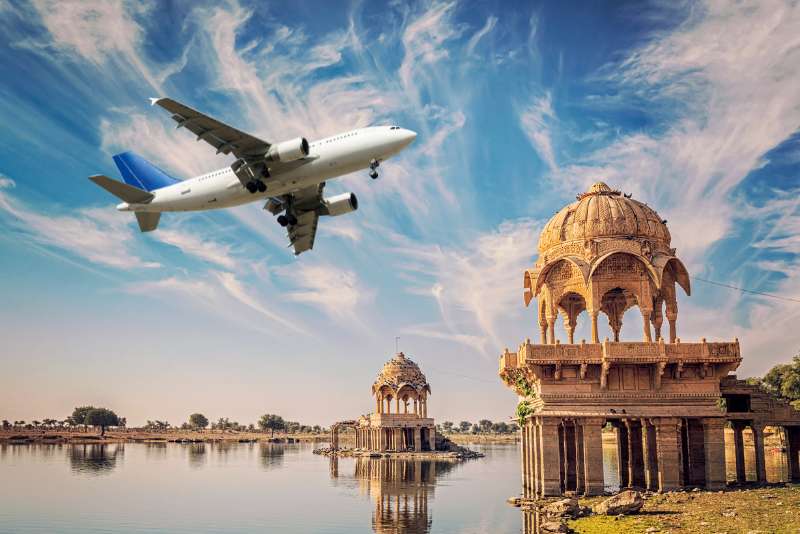
Airfares in India have witnessed a significant surge on certain routes, prompting the government to urge airlines to establish mechanisms for reasonable pricing amidst the spike. This surge has been particularly notable on routes previously served by grounded budget carrier GoFirst.
According to a recent study by the Airports Council International (ACI) on airfare trends in the Asia Pacific region, prices have risen above pre-pandemic levels despite stable airport charges and fuel costs. While the cost of aviation turbine fuel (ATF) has experienced fluctuations, airlines are now passing on the increased expenses to passengers.
Major airlines have shown encouraging signs of recovery post-pandemic, with many reporting record revenue and profit growth over the past year due to the rebound in travel. Higher airfares are also necessary to compensate for losses incurred during the COVID-19 period and manage increased employee costs resulting from staff shortages.
Data from travel search engines and booking portals reveals that flight ticket prices have escalated by approximately 30 to 50 percent on specific domestic routes. However, it’s worth noting that this steep increase is observed within a 24-hour or less than one-month booking window for select destinations. Analysis shows that airfares for tickets booked one to three months in advance of travel are largely consistent with pre-pandemic levels.
This indicates that the rising airfares are primarily driven by heightened demand in the industry. Surprisingly, the travel and tourism industry has not been significantly affected by the upward trend in airfares. Indian travelers appear largely undeterred by increased fares, as the two years of COVID-induced confinement have sparked a greater desire to travel more frequently—a new trend that wasn’t prevalent before the pandemic.
While tighter supply contributes to the support of fares, studies indicate that travelers are willing to pay more for their journeys. A survey conducted by Booking.com among over 25,000 adults planning to travel within the next 12 to 24 months revealed that many customers are prepared to pay higher fares to compensate for missed opportunities during the pandemic.
A study by ACI Asia-Pacific and Flare Aviation Consulting uncovered a concerning trend of international airfares rising by up to 50 percent and domestic fares increasing by less than 10 percent across the top 10 aviation markets in the Asia-Pacific region. Apart from India, the United Arab Emirates (34 percent), Singapore (30 percent), and Australia (23 percent) experienced the highest airfare hikes.
During the summer travel season, daily passenger counts have maintained strength month-on-month, with healthy average daily domestic traffic reaching around 427,000 in Q1 FY24, accompanied by rising passenger load factors (PLFs). The gradual decline in the top 10 airports’ share of overall traffic also indicates increased air travel penetration in India, with Delhi, Mumbai, Bangalore, and Hyderabad continuing to dominate.
Average ATF prices have corrected within the range of 11 to 15 percent between Q4 FY23 and Q1 FY24. According to the International Air Transport Association (IATA), “In recent months, the crack spread has narrowed from 34 percent in 2022, and the full-year average crack spread is expected to fall to around 23 percent in 2023, which is more closely aligned with the historical average rate.”
Moreover, IATA has predicted a robust outlook for international air travel from India, signaling strong profitability for airlines in 2023. As the industry adapts to the changing dynamics, it remains crucial to strike a balance between passenger affordability and sustainable operations to ensure continued growth in the tourism sector.
Gangtokian Web Team, 17/06/23
















































